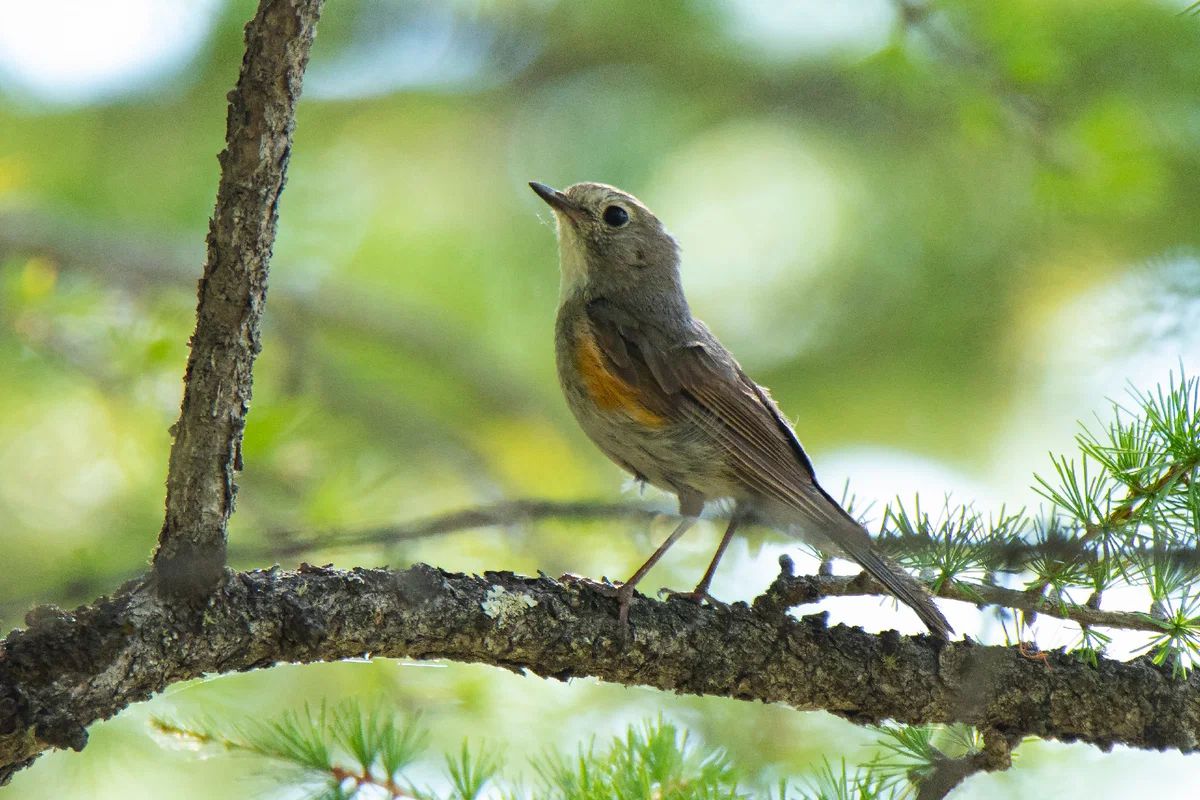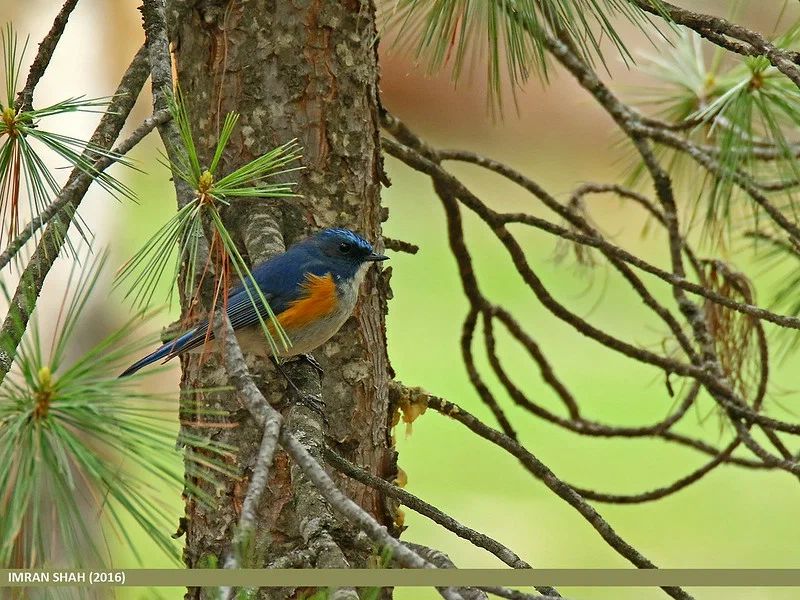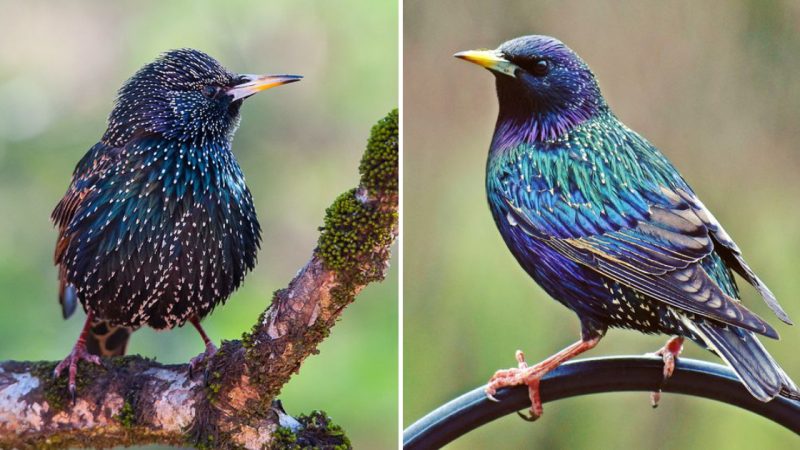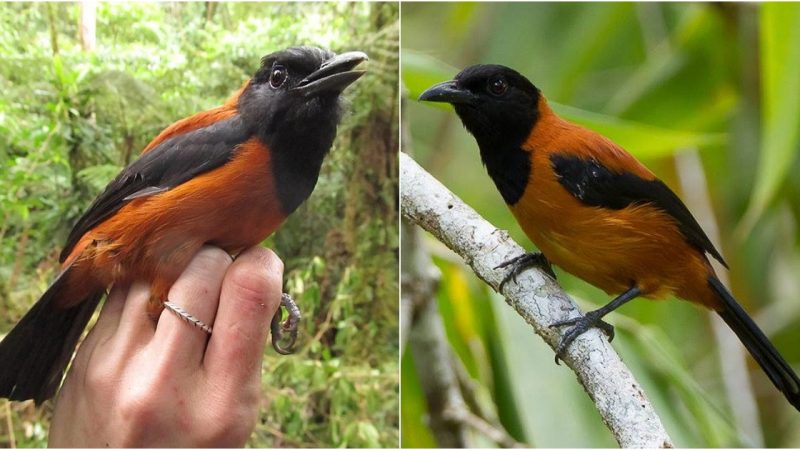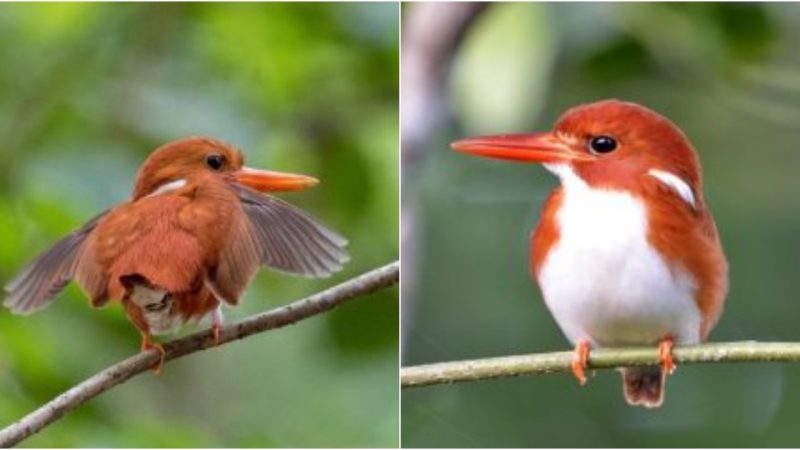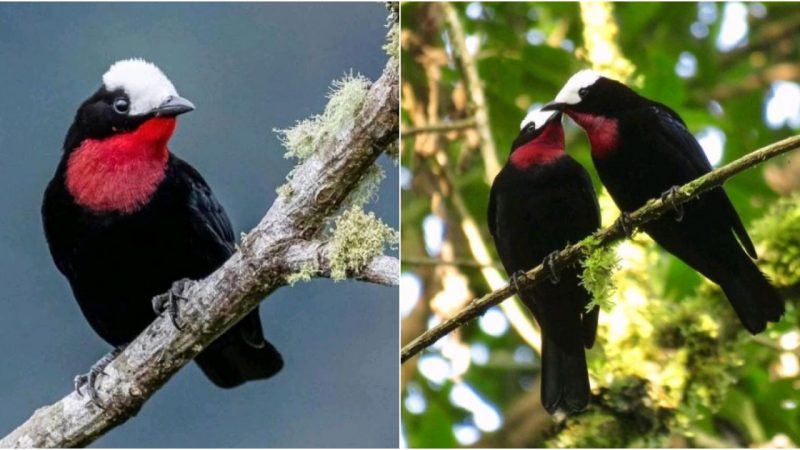The Azure Tit – One of The Most Vibrant Birds of The Taiga
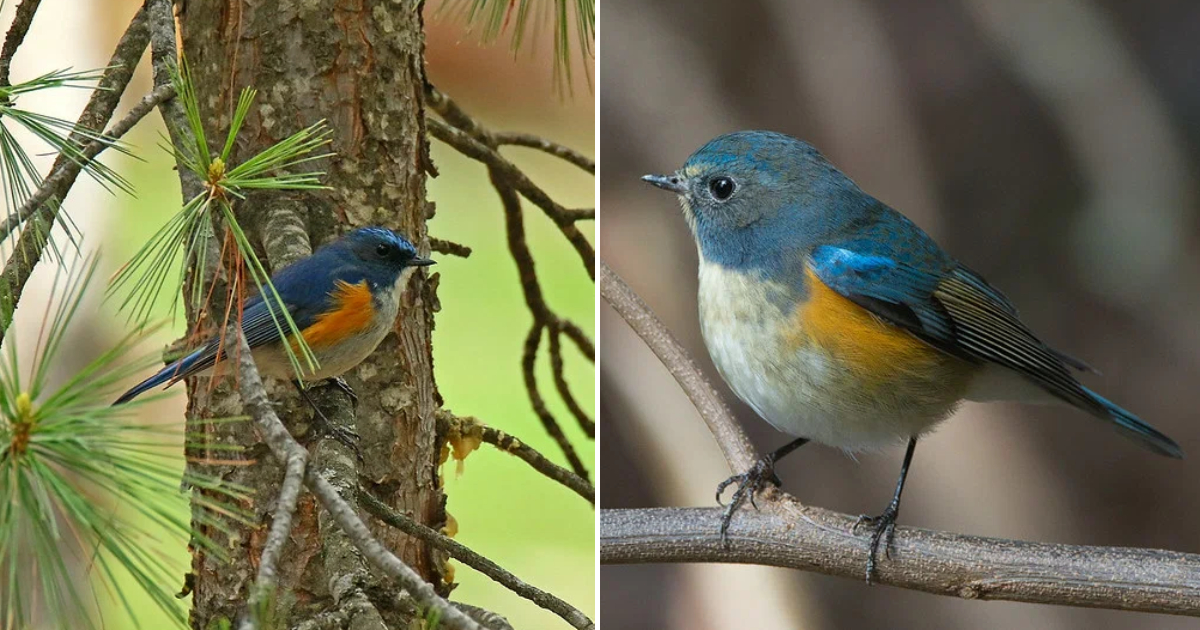
This beautiful bird, undoubtedly associated with the mature taiga forest that seems to accentuate its bright attire, was a highly sought-after photographic trophy during our expedition to the Kola Peninsula. On one of the first days, as we entered the territory of the peninsula, we heard its song and followed it. The male was singing somewhere high in the coniferous tree canopies deep within the forest. It was cloudy, and then it started to rain, but the bird didn’t stop singing. We got wet but didn’t catch sight of the Azure Tit that day.

About a month later, in another expedition, this time to Altai and Tuva, I was more fortunate. We left the Altai Republic, entered Tuva, and set up camp. I went for a walk with my camera up a hill covered with trees and heard an unfamiliar chirping. Then I spotted a bird among the branches of a larch tree, took a photo, and recognized it as the Azure Tit! It was a female; she wasn’t as bright as the male, but I finally managed to photograph an Azure Tit.
By the way, males can also have plumage similar to females, although this morph occurs less frequently than the brightly colored one.
Females also have a blue tail and reddish flanks, but their back is olive-gray. In terms of appearance, the Azure Tit is a typical representative of the flycatcher family. Perhaps its silhouette is most similar to that of the Redstart; they also share some behavioral and ecological characteristics.
The Azure Tit inhabits old taiga forests, especially areas with dense undergrowth, ravines, and windfall. It is a secretive bird that stays in the lower canopy. The breeding range of the Azure Tit stretches from northeastern Europe to the Russian Far East. In the European part of Russia, the southern boundary of its range probably extends to the north of the Nizhny Novgorod Oblast. In Siberia, this bird is more common.
Azure Tits arrive at their breeding grounds late, in late May, and the northernmost populations arrive in early June. The nest is usually built on the ground or not far above it, in tree cavities, crevices between rocks, or under the cover of logs, stones, tree roots, etc. It is a thick-walled cup made of grass, moss, and lichen, sometimes lined with animal fur. Overall, the nest resembles that of a Redstart.
The clutch consists of 5-7 pale-colored eggs with rusty spots at the blunt end. The incubation period lasts 12-14 days, and the nestlings stay in the nest for about the same duration. Azure Tits feed on insects and spiders, and closer to autumn, they also consume berries and seeds.
In September-October, the migration of Azure Tits from their breeding grounds begins. The main wintering areas are located in southeastern China and countries in Southeast Asia.
